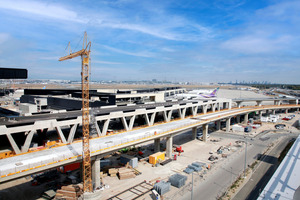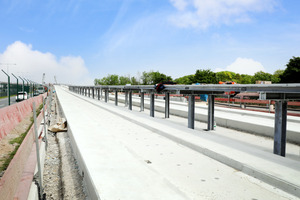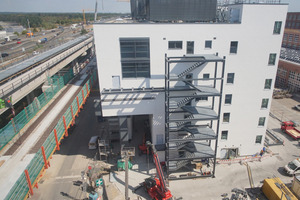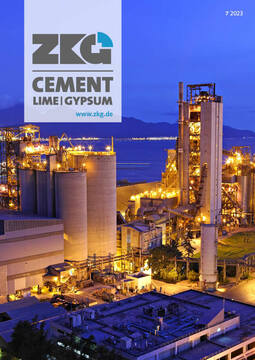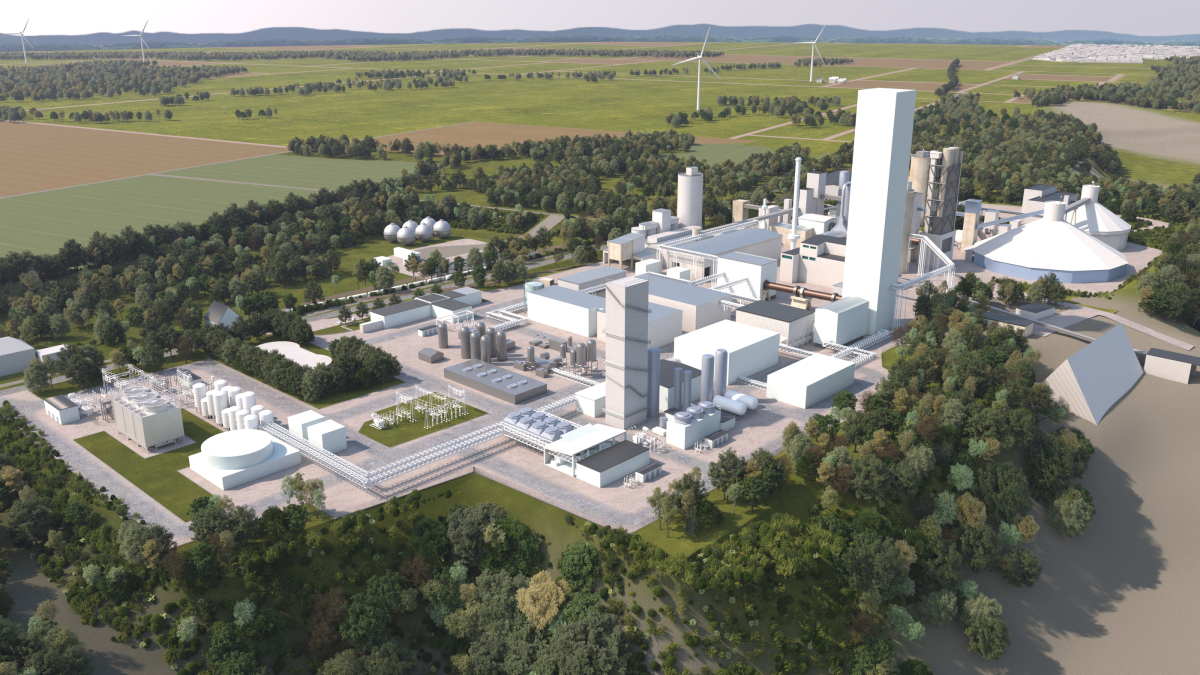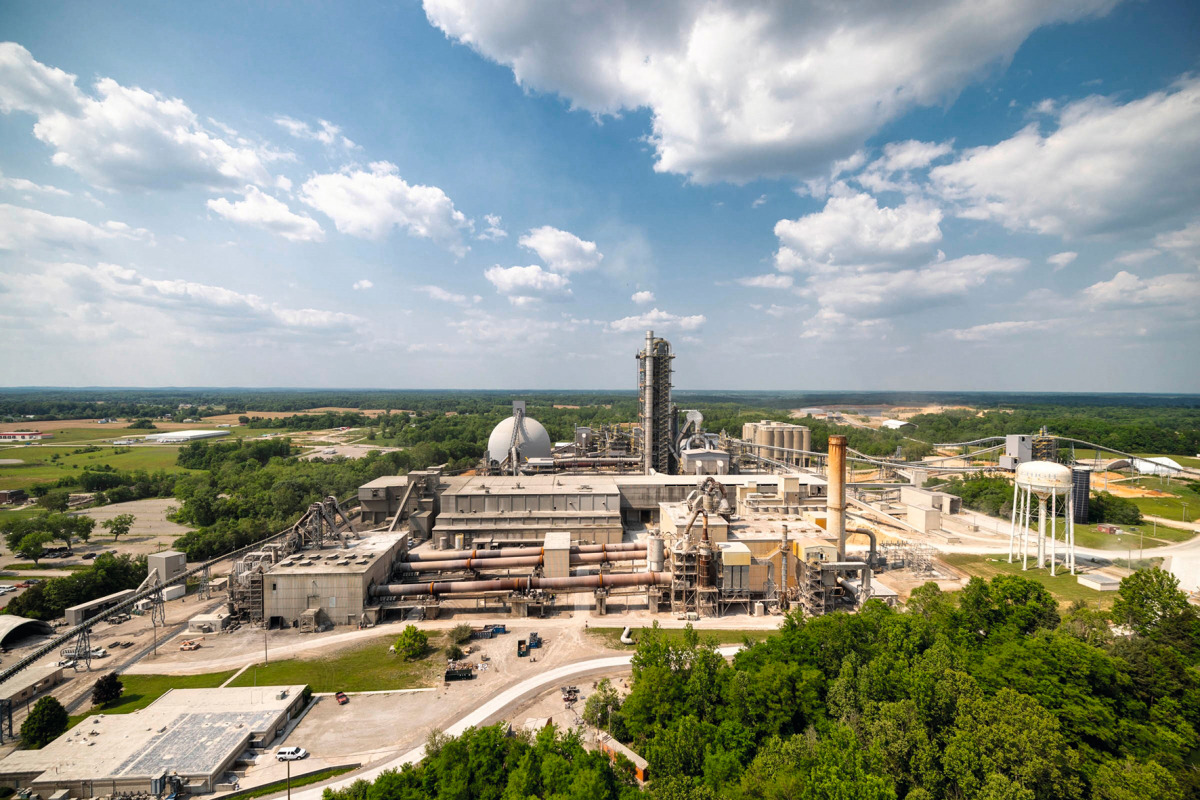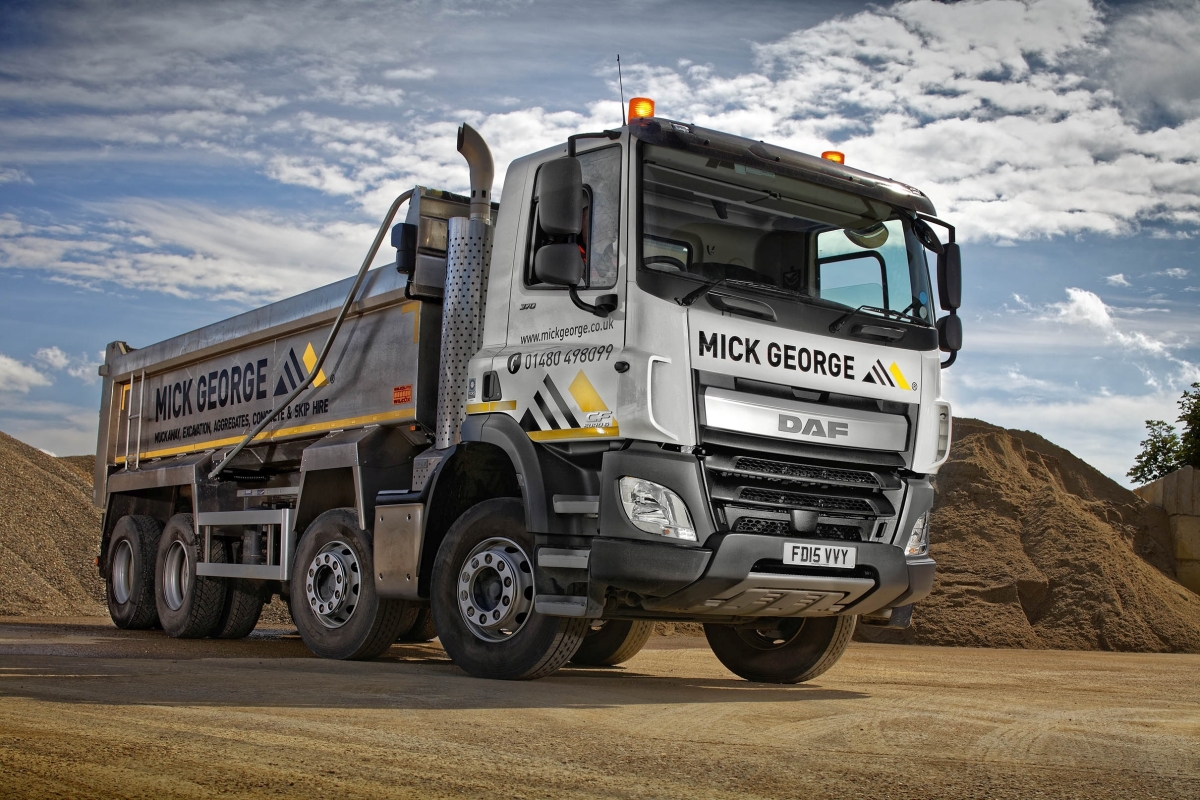Heidelberg Materials cements in demand for the construction of the Sky Line railway
The construction of the Sky Line runway at Frankfurt Airport, which connects the newly built Terminal 3 in the southern area with the existing airport infrastructure in the northern area, is complex. The reason: the Sky Line track is being integrated into the existing infrastructure, which requires different construction methods. For the construction, Heidelberg Materials supplied cements from the surrounding plants in Mainz and Lengfurt.
Three different construction methods were used for the individual sections in the north. On the one hand, steel composite girders including the superstructure were delivered prefabricated for individual sections, placed as monolithic components on the supports and connected to each other. On the other hand, for longer straight sections, up to three girder segments were joined together directly on site and the 40-m-long components weighing up to 200 t were lifted onto the piers with the aid of special cranes. The concrete surface on which the rubber-tired vehicles roll, on the other hand, is the same everywhere. There, they are guided by a rail and supplied with electricity by two conductor rails.
Concrete roadway peppered with technology
While the carriageway is supported on columns in the north, it runs at ground level in the central section. The pavement structure is uniform: a gravel layer is followed by a hydraulic base course placed with a paver. On top of this is the 25-cm-thick reinforced concrete pavement. On the level, the pavement is built entirely without joints; joints are only present in the elevated area because the length of the roadway sections is determined by the distances between the piers.
The roadway does not simply consist of a smooth concrete surface. Rather, it incorporates a great deal of technology. To ensure that the roadway remains passable even in icy temperatures, for example, it can be heated along the entire length. The principle is similar to that of underfloor heating. Eight copper pipes are embedded in the carriageway and heating cables are inserted in each of these pipes.
But it is not only the structure of the track itself that is special; the demands on the surface are also high. For example, it has to be particularly smooth and abrasion-resistant to keep wear on the rubber tires to a minimum.
Cement and basalt chippings provide desired requirements
As complex as the construction is, as diverse are the demands on the raw materials. “We therefore used Portland limestone cement CEM II/A-LL 42.5 N from Lengfurt as the cement and added basalt chippings during concrete production. In this way, we easily achieve the required resistance and abrasion resistance,” explains Daniel Butterfaß, plant manager of Godel Beton, who together with his team supplied the individual construction sections along the route with concrete. In addition to the concrete for the track‘s running surface, his team also supplied the construction materials for the hydraulically bound base course (HGT), as well as for the construction of the workshop in the northern section of the track, where all Sky Line vehicles are repaired, maintained and cleaned. The workshop consists of a seven-story core building and a two-story, elevated, 16-m high maintenance hall. The operations control center is also housed here.
The right recipe is crucial
With construction projects as complex as the Sky Line runway, the quality of the concrete is crucial. That’s why the individual concrete types have to be tested conscientiously, he says. “Often, minor adjustments to the formulation determine whether a concrete achieves the desired property or not,” explains Dr. Klaus Felsch, Product Manager Traffic Route Construction, Heidelberg Materials. For example, air pockets can easily form when concrete is mixed. However, if the concrete is to have a high and uniform strength, as in the case of the Sky Line project, air inclusions are undesirable and defoamers have to be added to the mix. In the end, every detail fits together to form a successful whole, until it is time to clear the way for the new Sky Line ropeway.

